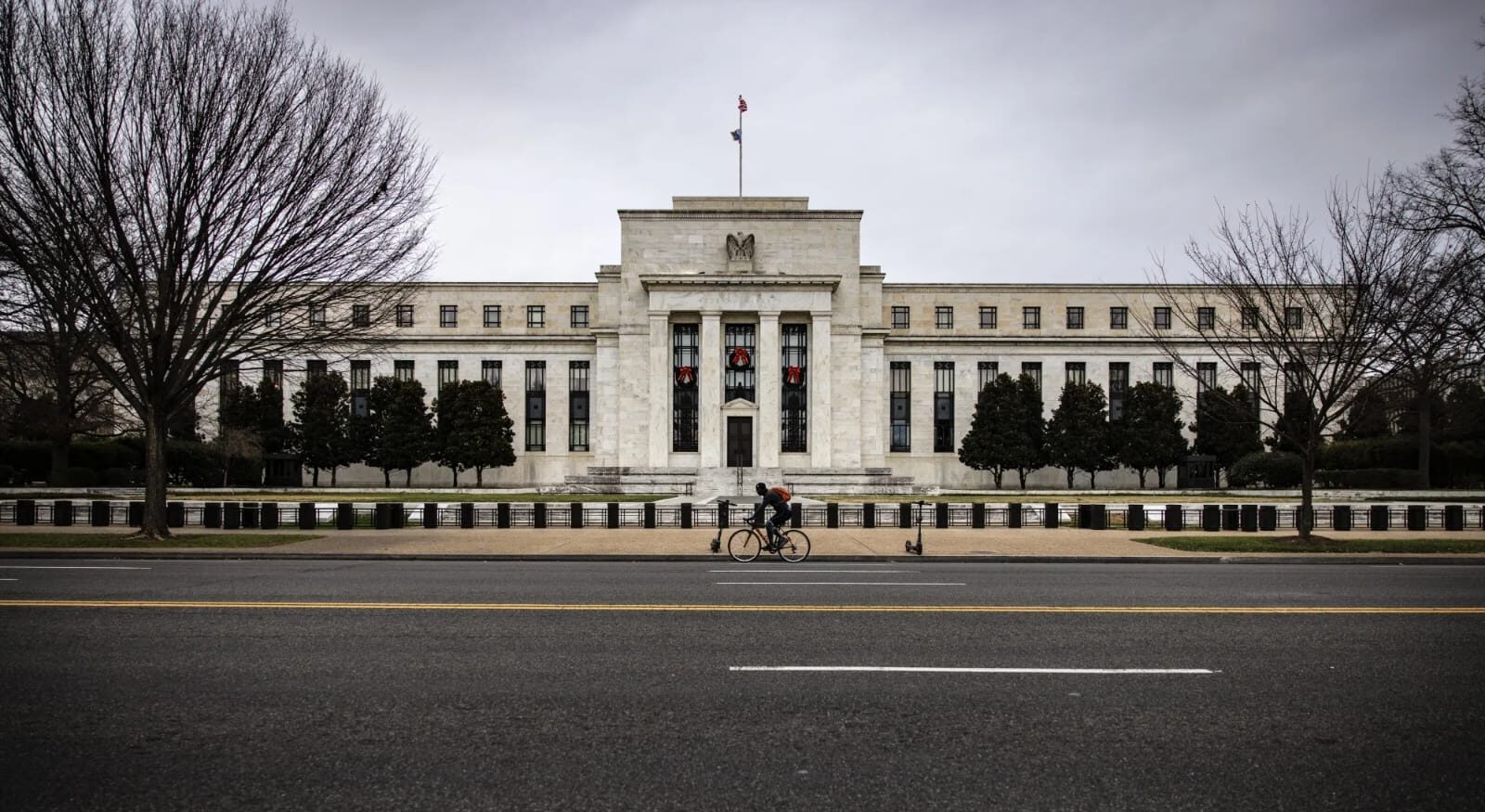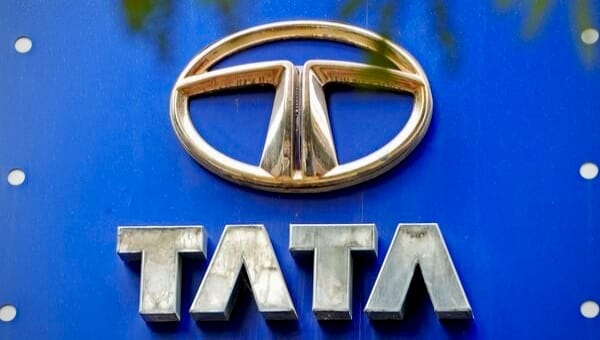
stands at a pivotal moment. Stubborn inflation continues to vex central banks even as apprehensions of an economic slowdown mount. From the U.S. Federal Reserve to the European Central Bank (ECB) and the Bank of England, major institutions are treading a precarious tightrope: quelling unyielding price pressures without triggering a deep recession. Following an extraordinary spree of monetary tightening, the true effectiveness of these policies in fully taming global inflation poses a paramount question for investors, policymakers, and consumers alike, leaving financial markets on tenterhooks. Undaunted consumer demand, entrenched supply-side bottlenecks, and the shadow of geopolitical uncertainties have rendered the journey to price stability far more arduous than initially forecast.
The genesis of the current global inflation surge lies in a rare convergence of factors. In the wake of the COVID-19 pandemic, torrential fiscal and monetary stimuli ignited feverish demand, swamping already brittle supply chains strained by lockdowns and acute labor shortages. This fundamental demand-supply imbalance was then further inflamed by Russia’s invasion of Ukraine in early 2022, which catapulted energy and food commodity prices, injecting a potent cost-push dynamic into economies worldwide. By mid-2022, headline consumer price index (CPI) readings in major economies soared to historic highs, eclipsing central banks‘ long-held 2% targets.
While headline inflation has receded from its peaks, core inflation—which strips out volatile food and energy costs—has proved stubbornly entrenched. This reality betrays widespread price pressures, particularly within the vital services sector. Taut labor markets in many developed nations amplify this stickiness, as persistent wage growth fuels business costs. Firms, grappling with escalating input expenses and sustained demand, have largely offloaded these hikes onto consumers, embedding higher price expectations. This persistence compels central banks to hold a resolute hawkish stance, even as the underlying economy shows signs of weariness.
In response, central banks worldwide have launched their most forceful interest rate hiking campaign in decades. The U.S. Federal Reserve, for example, has elevated its key policy rate by over 500 basis points since early 2022, with the ECB and Bank of England swiftly mirroring these moves. Their singular objective: to dampen overall demand by making borrowing considerably more expensive, thereby choking off spending and capital outlays. Simultaneously, this aggressive tightening has seen quantitative tightening (QT), where central banks shrink their balance sheets and siphon off market liquidity.
This assertive stance, however, is fraught with peril. Given the delayed impact of monetary policy, the full brunt of these rate hikes has yet to materialize across the global economy. Policymakers now tread a fine line: overtightening risks plunging economies into a deep recession, while anemic action risks embedding inflation permanently. The prevailing “higher for longer” refrain from many central bankers underscores their unwavering commitment to price stability, a commitment forged and scarred by the 1970s’ inflationary trauma.
Why It Matters
The arduous battle against global inflation deeply reshapes economic life across all strata. For consumers, it means inflation gnawing away at purchasing power, rendering essentials like food and housing increasingly unaffordable. Businesses contend with squeezed profit margins and stifled capital expenditure due to soaring input and borrowing costs. Investors grapple with a testing landscape, demanding astute asset allocation rebalancing to protect wealth. Sovereigns too face soaring debt servicing costs as interest rates rise. Ultimately, unchecked inflation can unhinge economies, making the re-establishment of sustainable growth a global imperative.
Faint cracks in the economic edifice are emerging, from softer purchasing managers’ indices (PMIs) to waning industrial output. Businesses report dwindling order books, and while labor markets remain taut, hiring curbs proliferate. Critically, the stubbornly inverted yield curve—a historical harbinger of recessions—persists across major bond markets. The pivotal debate now revolves around whether central banks can orchestrate a ‘soft landing’ or if a ‘hard landing’ is inevitable. Robust household balance sheets offer a glimmer of hope for a milder downturn, but the cumulative bite of rate hikes could still tip economies into contraction.
Further complicating the panorama is the marked divergence in monetary policy stances. While the Fed, ECB, and Bank of England have maintained their hawkish resolve, the Bank of Japan has clung to ultra-loose policies, citing stubbornly subdued price growth. This schism has ignited sharp currency fluctuations, most notably the yen’s depreciation against the U.S. Dollar, sending ripples across global trade and capital flows. A muscular dollar, for instance, inflates import bills and exacerbates debt burdens for other nations. These global spillovers underscore the intrinsic interconnectedness of the modern financial system.
The journey to economic normalcy, with inflation firmly anchored at target and growth back on track, remains shrouded in uncertainty. Alleviating supply chain kinks, a recalibrating labor market, and enduring geopolitical stability—particularly concerning energy and food security—are paramount for progress. Furthermore, the efficacy of fiscal policy in complementing monetary endeavors will be under the microscope. The quarters ahead will likely see central banks pivot from a sledgehammer approach to a more nuanced strategy, juggling price stability with growth imperatives and financial resilience. Navigating this era demands acute vigilance, nimble adaptability, and strategic foresight from all economic actors.







